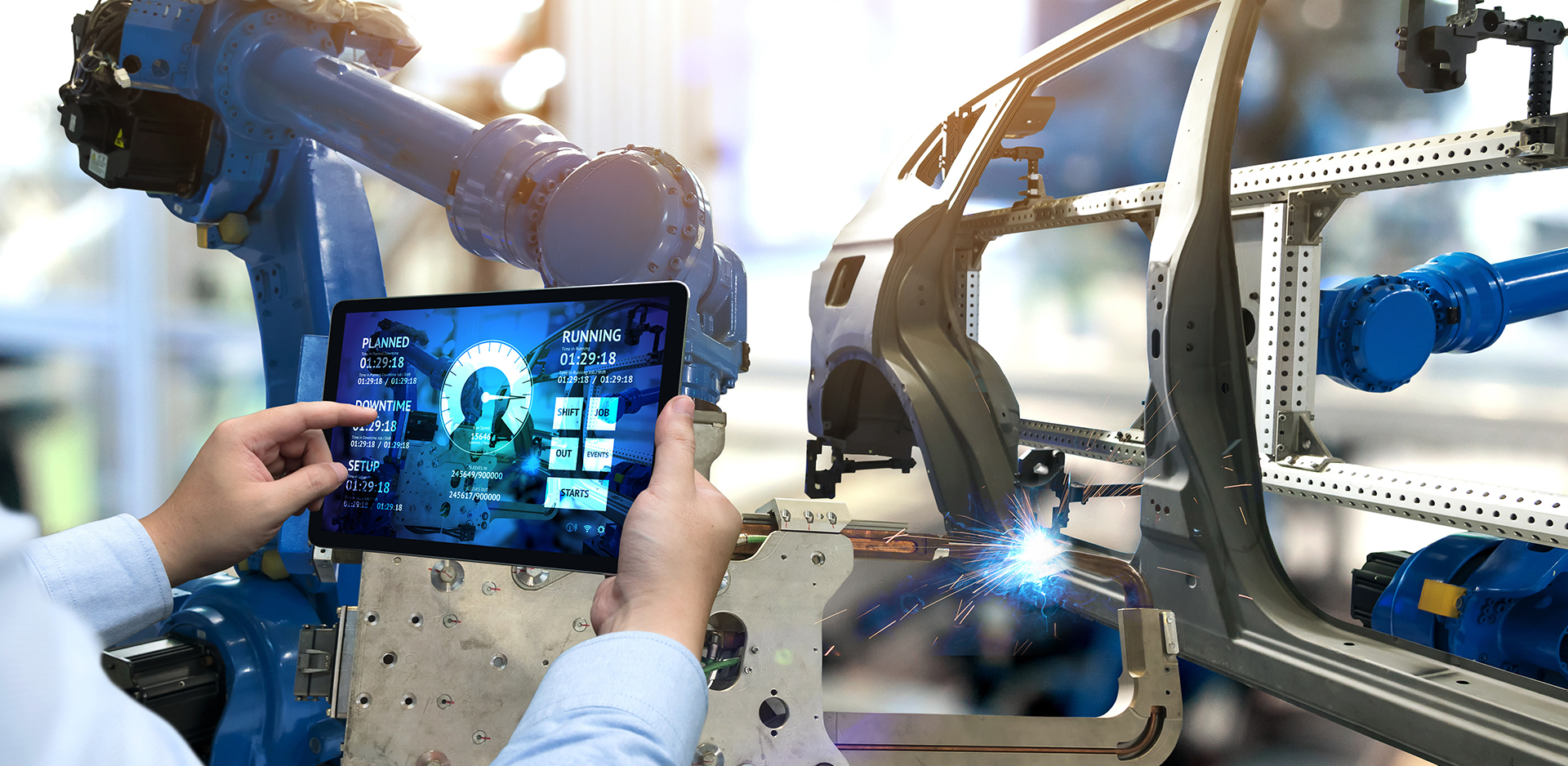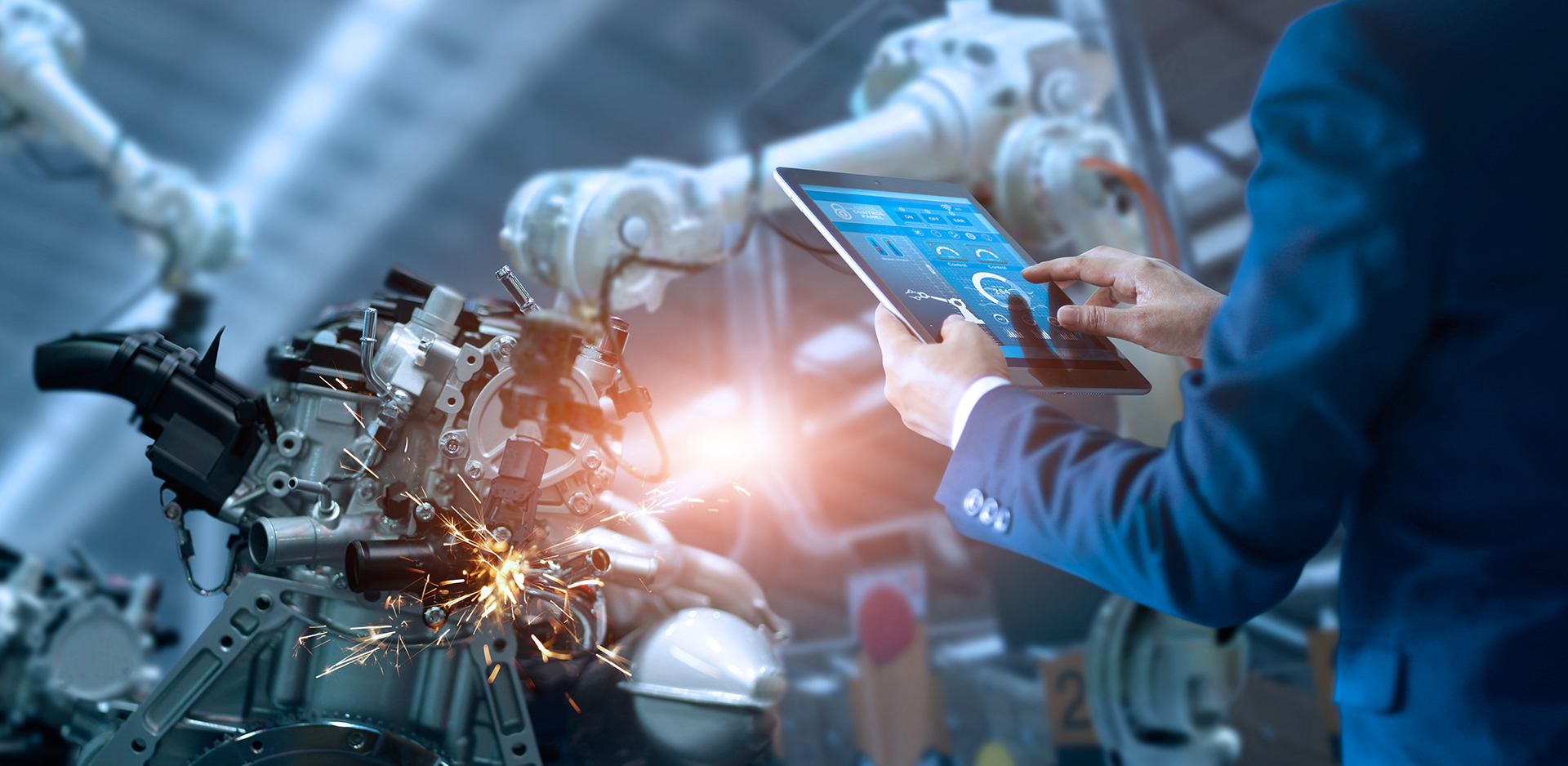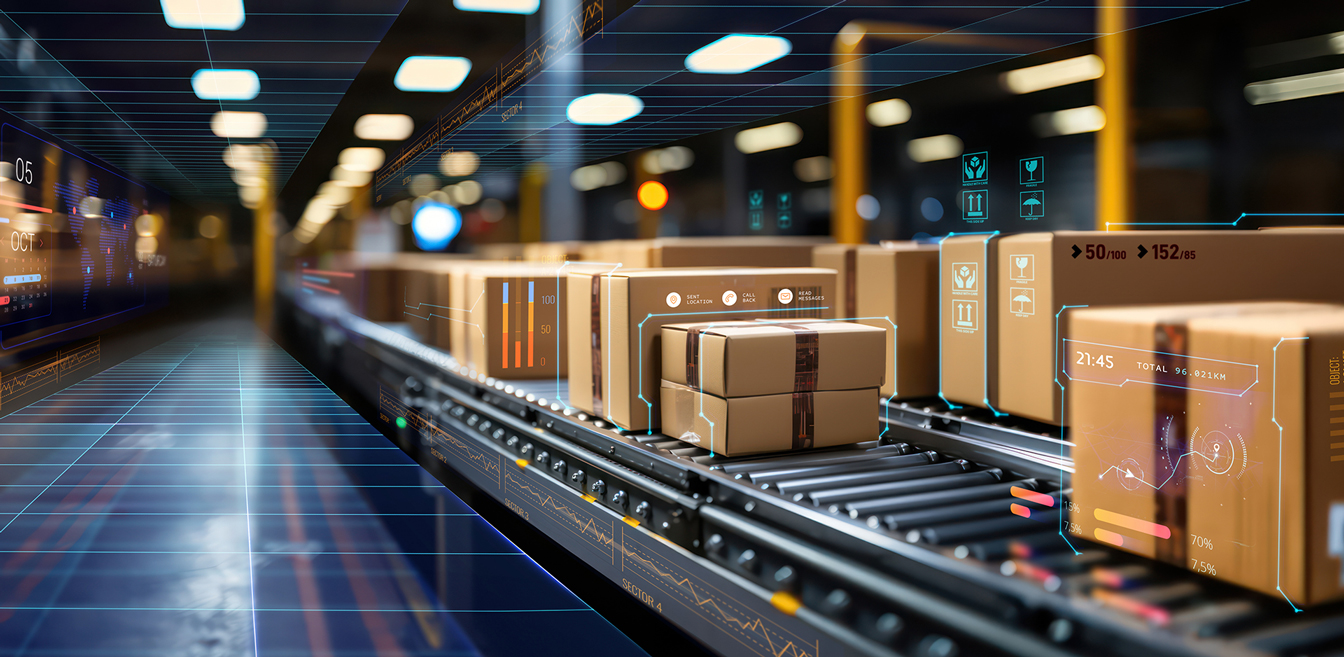Leveraging IoT for Manufacturing: Smarter Inventory Management through ERP Integration
Manufacturers have started implementing features of the Fourth Industrial Revolution (4IR) to be more flexible ...
The ERP that understands how you buy, build, move, and sell, and the people who make it happen.
Trusted by a global community of manufacturers, distributors, and partners – the True Pros who keep industry moving.










Syspro was built for the people who make things work. The makers, movers, and problem-solvers driving industry forward.
For almost 50 years, we’ve been part of your community, helping customers connect processes, people, and technology to run more efficiently, scale confidently, and grow sustainably.
Now, with a cloud-first, AI-enabled platform, Syspro gives you the agility and intelligence to stay ahead while keeping the reliability, compliance and trust you’ve always counted on.
Scalable, flexible, and ready for growth.
See your operations clearly, from shop floor to customer.
Turning data into faster, smarter decisions.
Confidence built into every process.
Every Syspro solution reflects decades of insight into the world’s most complex industries.
We understand your challenges and design technology that turns them into opportunities.

Faster to Market, Always in Control
Maintain quality, compliance, and traceability while keeping production moving.

Precision, Compliance, Profit
Integrate scheduling, purchasing, traceability, and operations for maximum efficiency and profitability.

Complex Operations Made Simple
Integrate and automate processes to boost performance and insight.

Efficiency in Every Circuit
Enhance visibility, responsiveness, and coordination across complex supply chains.

Production Without Bottlenecks
Streamline operations, optimize resources, and maintain compliance.

From Raw Material to Finished Product, Faster
Automate processes and drive efficiency across the full production lifecycle.

Throughput Optimized. Decisions Accelerated.
Digitally align operations and act in real time for better performance.

Stronger Value Chains, Safer Operations
Connect operations, improve planning, and maintain compliance across every step.

Every Channel, One Clear View
Automate processes, streamline operations, and gain total visibility across your distribution network.
Tier 1-grade software built purely for manufacturing and distribution, everything you need, nothing you don’t, designed to work your way from day one.
Every workflow, process, and feature is built for manufacturing and distribution, no generic ERP compromises or price tag.
Guides your teams in real time, understanding your operations, industry language, and constraints from day one.
Not a call center. Real people with deep sector knowledge help you turn the system into results, fast, practical, and ongoing.
Manufacturers have started implementing features of the Fourth Industrial Revolution (4IR) to be more flexible ...
In an era where the threat of supply chain disruptions is constant, reshoring manufacturing has ...
In today’s unpredictable economic landscape, resilience is everything. From fluctuating inflation to fragile supply chains, ...